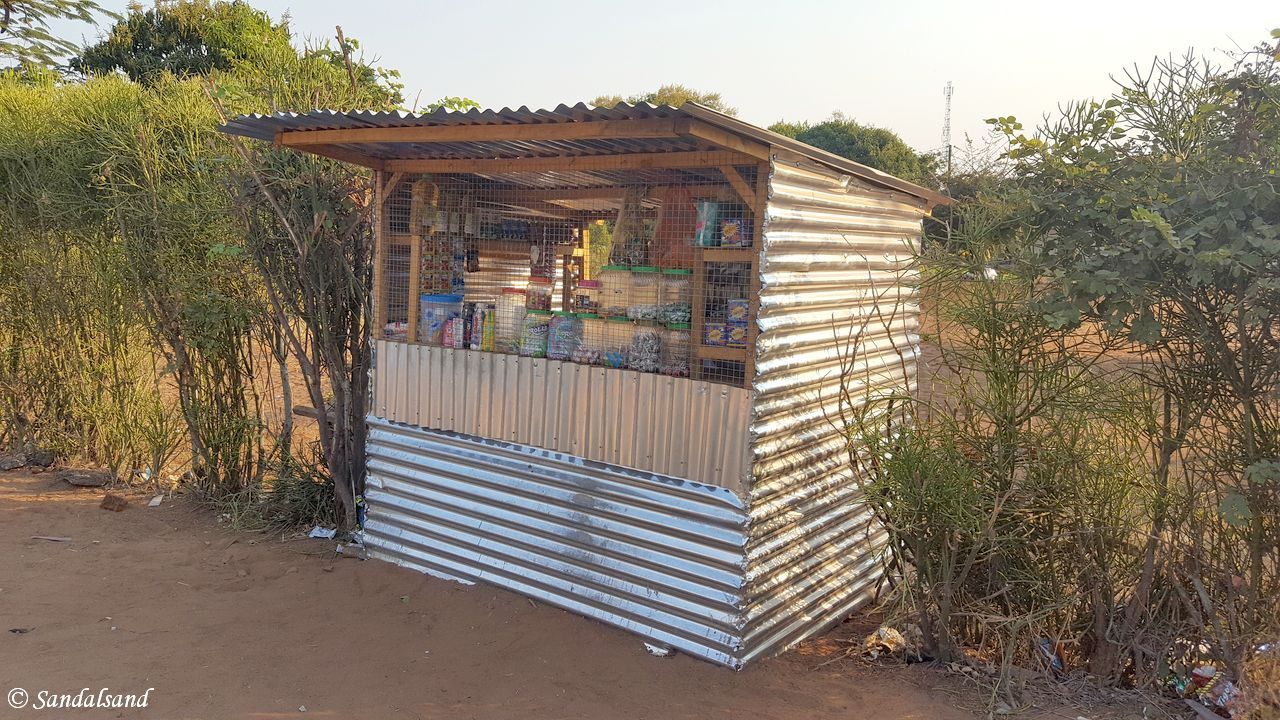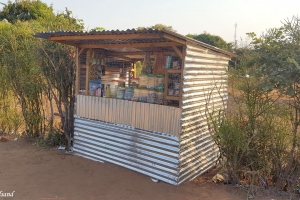In this post you will find a series of pictures from Zambia. More precisely, they are from the town of Livingstone in the south.
Check out Zambia entries. You will find this picture gallery page, a World Heritage Site and in time a regular travelogue. I have been slow in describing my trip in 2018.
Click on the gallery to reveal all pictures from Zambia.
View all photo galleries on Sandalsand.
Fast facts about Zambia
Learn about the country on Wikipedia. Here is an introduction based on it.
Overview
Zambia, officially the Republic of Zambia is a landlocked country at the crossroads of Central, Southern and East Africa. Its neighbours are the Democratic Republic of the Congo to the north, Tanzania to the north-east, Malawi to the east, Mozambique to the southeast, Zimbabwe and Botswana to the south, Namibia to the southwest, and Angola to the west. The capital city of Zambia is Lusaka, located in the south-central part of Zambia. The population concentrates mainly around Lusaka in the south and the Copperbelt Province to the north, the core economic hubs of the country.
Originally inhabited by Khoisan peoples, the region experienced the Bantu expansion of the thirteenth century. Following European explorers in the eighteenth century, the British colonised the region into the British protectorates of Barotseland-North-Western Rhodesia and North-Eastern Rhodesia towards the end of the nineteenth century. These merged in 1911 to form Northern Rhodesia. For most of the colonial period, Zambia was governed by an administration appointed from London with the advice of the British South Africa Company.
Recent developments
On 24 October 1964, Zambia became independent of the United Kingdom and prime minister Kenneth Kaunda became the inaugural president. Kaunda’s socialist United National Independence Party (UNIP) maintained power from 1964 until 1991. Kaunda played a key role in regional diplomacy, cooperating closely with the United States in search of solutions to conflicts in Southern Rhodesia (Zimbabwe), Angola, and Namibia.
From 1972 to 1991 Zambia was a one-party state with UNIP as the sole legal political party under the motto “One Zambia, One Nation” coined by Kaunda. Frederick Chiluba of the social-democratic Movement for Multi-Party Democracy succeeded Kaunda in 1991. This marked the beginning of a period of socio-economic development and government decentralisation. Zambia has since become a multi-party state and has experienced several peaceful transitions of power.
Zambia contains abundant natural resources, including minerals, wildlife, forestry, freshwater and arable land.



